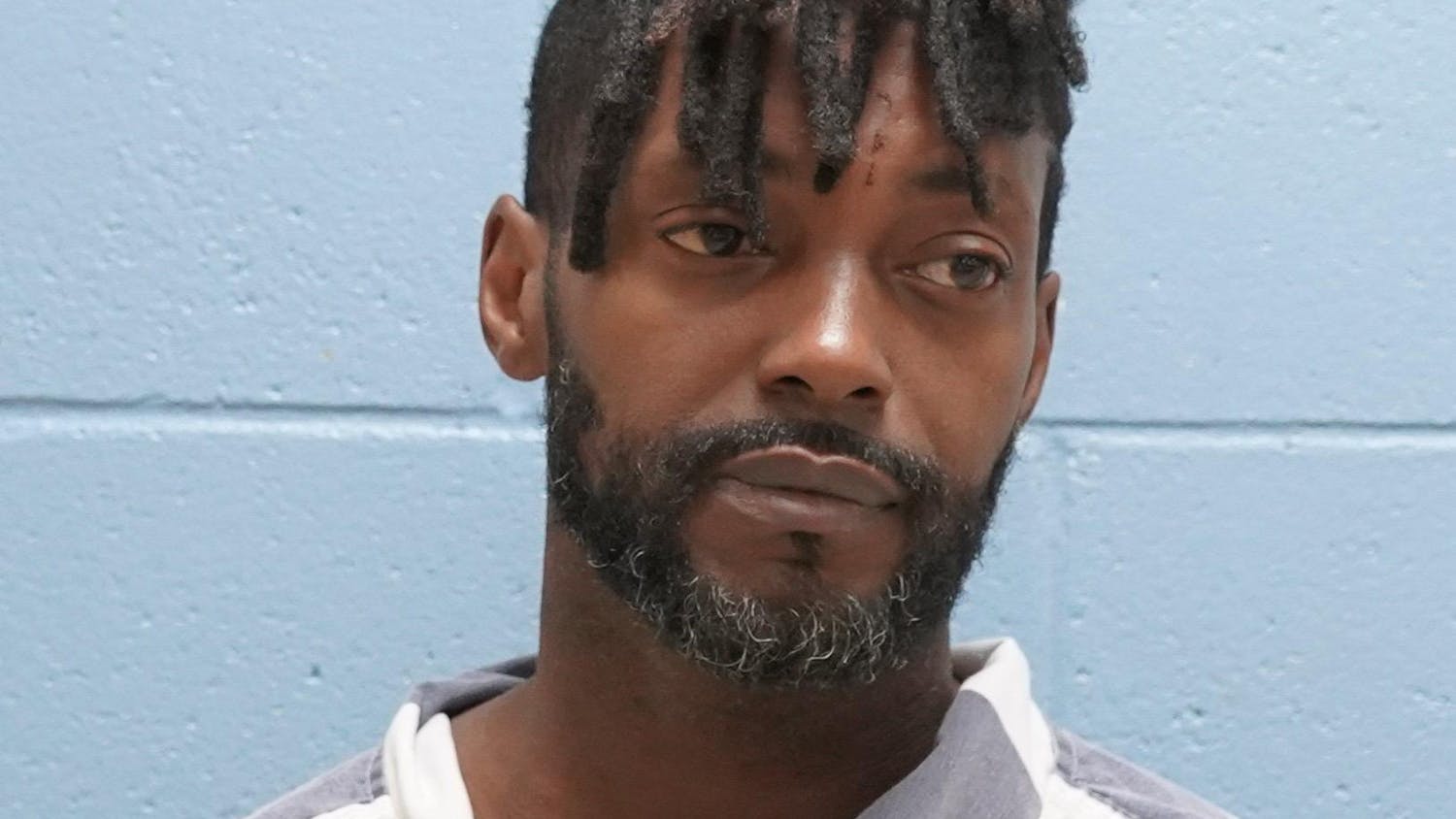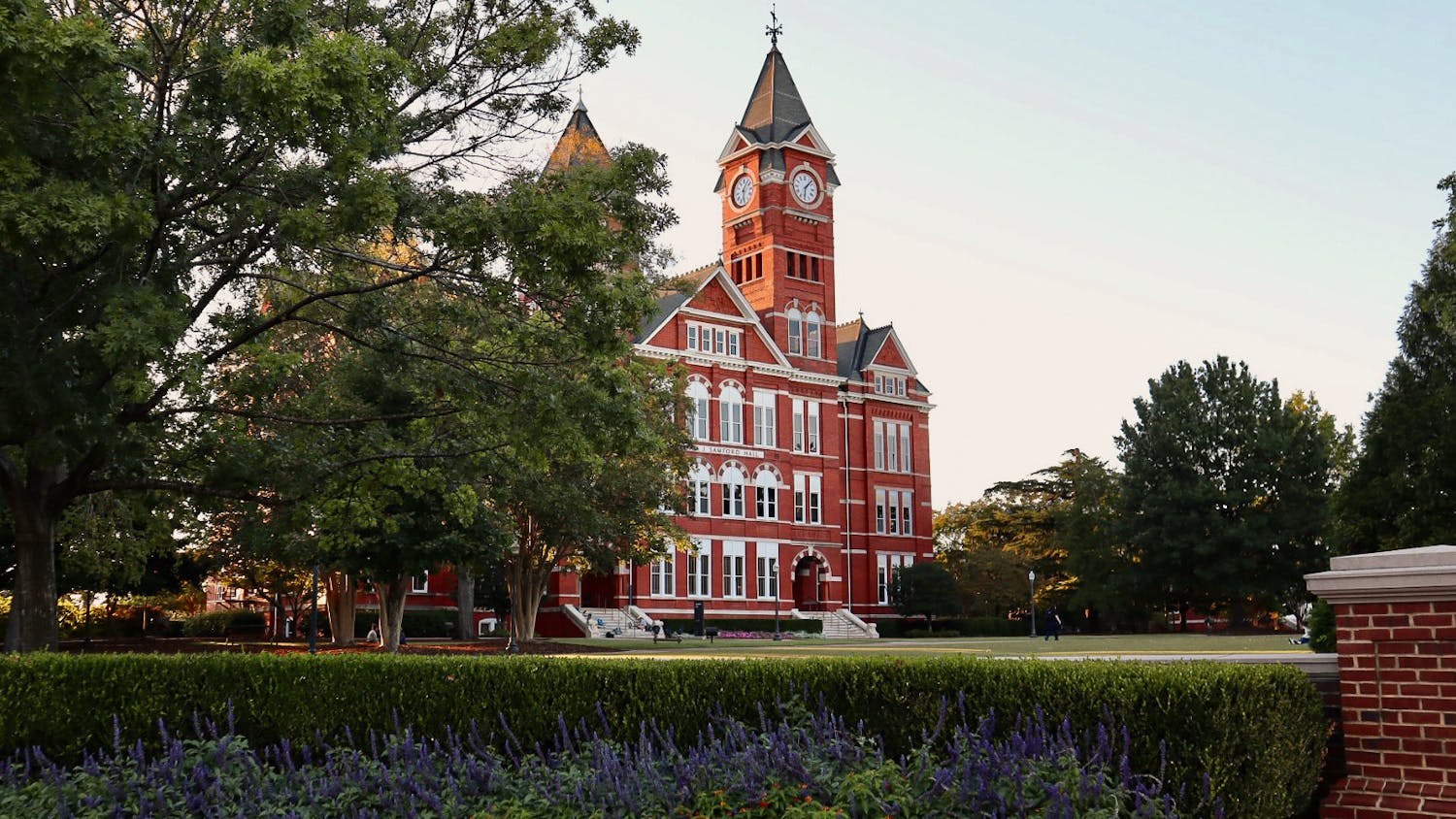On an average day on Auburn's campus, there are usually organizations on the concourse that are handing out flyers or raising money for a cause.
From Monday, April 8 to Tuesday, April 9, the Center for Bio-Ethical Reform has set up a large structure on the concourse that is full of images including the results of abortion, slavery and genocide.
Fletcher Armstrong, Southeast director of the Center for Bio-Ethical Reform, said the organization is here to show people two facts about abortion that he thinks they don't really understand.
"Number one, the unborn child is a living human being even at the moment of conception and certainly in the first trimester," Armstrong said. "In the first trimester the child has arms, legs, fingers, toes and everything that readily identifies him as a human being."
The structure has pictures of arms and legs that have been taken off of an unborn child's body.
They are placed on top of an American quarter to show the size of the arms and legs in comparison to the quarter.
"If that happened to any student on this campus, we would be readily understand that that's an act of violence against that student," Armstrong said. "Number two, abortion is an act of violence, so that's no less true for the unborn child."
Lauren Watts, sophomore in communication disorders and member of Auburn University Students For Life, said she thinks showing these images is a good way to open up peoples' eyes to what abortion is.
"I know some people are offended by these graphic pictures, but it's the same techniques that abolitionists used when slavery was still around and also the same technique that MLK used," Watts said. "These graphic images just shock people into doing the right thing and stopping an injustice."
The display is meant to compare abortion with other forms of genocide by pointing out some of the similarities while at the same time not saying that abortion is identical to genocide, Armstrong said.
"In every case of genocide that we present in this display, personhood was redefined by those in power in terms that it excluded the intended victim class," Armstrong said. "Our Supreme Court said that the unborn child was not developed enough and not entitled the rights of personhood under the law applying to developmental criteria."
In 1857, the courts called black men subordinates and inferior beings, and the Nazi's have said similar things about Jewish citizens and Eastern Europeans in the past, Armstrong said.
The student reaction to this display has been mixed, said Watts and Armstrong. They have had students with varying opinions come to debate and ask questions.
"I feel like it's rude, they clearly know that people have had abortions before," said Chasity Willis, freshman in business marketing. "There are things that are legal that people do that are just as disturbing, (but they) are displaying it out for them to feel bad about it on the concourse of the college where we have to go to classes." Armstrong said another similarity between abortion and genocide is that the people who do these things always believe that what they are doing is better for society. "The Nazi's said, 'purify the master race, build a better human race,' and the people who advocated racial injustice said, 'preserve our heritage, preserve our way of life,'" Armstrong said. "What does the abortion industry say? 'Every child, a wanted child' and of course we want every child to be a wanted child, but their way of achieving that is by killing the unwanted ones and that's unjust."
Do you like this story? The Plainsman doesn't accept money from tuition or student fees, and we don't charge a subscription fee. But you can donate to support The Plainsman.





